This week I have been toying with random thoughts about pain. I searched for the origin of the quote, “Pain is weakness leaving the body.” Did it come from sports? Business? Parenting? I learned it is often used to motivate military troops or reluctant exercisers facing the initial discomfort of challenging workouts. I read from others in pain how such a mantra does not help in managing pain. What does?
An occupational therapist who has worked with me to rehab my broken wrist suggested a more useful approach. When our bodies guard against pain, i.e. following an accident or injury, we need to re-educate our nervous system to tolerate pain once again. In other words, increasing our pain threshold decreases pain sensitivity. By putting up with some discomfort now, we will have less overall pain in the future. I could get behind that one.
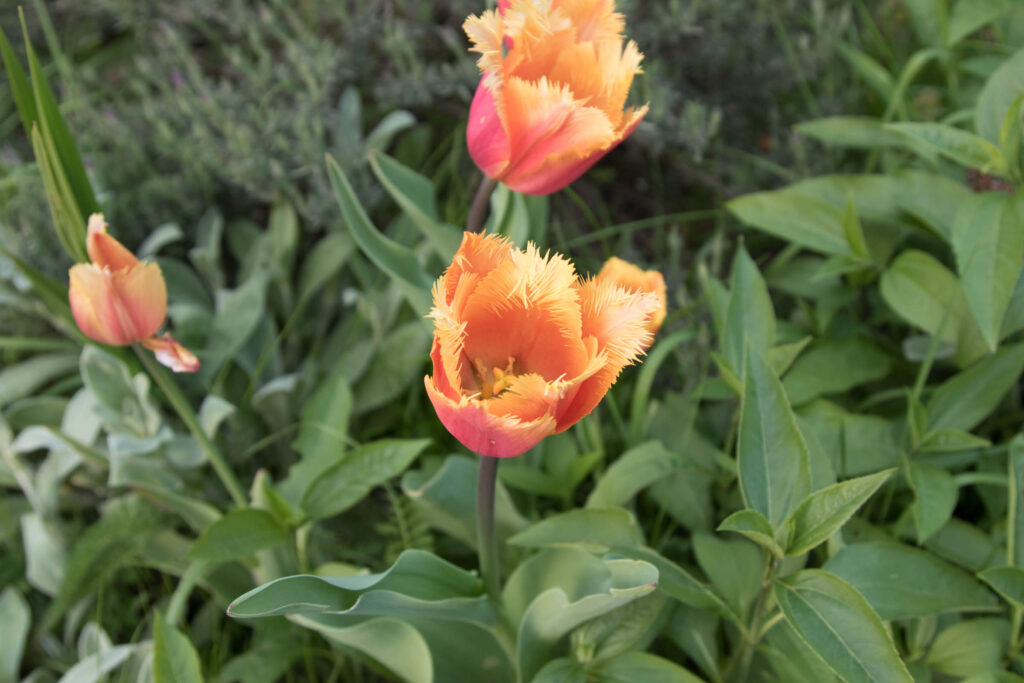
Managing Pain – Physical
I fell back on 25 years of experience as a personal trainer to translate her comment into useful advice. Take hiking, for example. If you have never hiked before, and you go out to the mountains for an eight-mile trip with too much in your pack, you will likely experience pain from Delayed Onset Muscle Soreness (DOMS) over the next few days. You might even strain an underprepared muscle that could leave you out for the season.
But if you “sneak up” on your hiking mileage and do a little more each time, the pain won’t be as bad and will eventually disappear as you increase your tolerance. Could the same concept hold true with rehabilitation? Was I hurting myself in the long run by protecting myself from all pain?
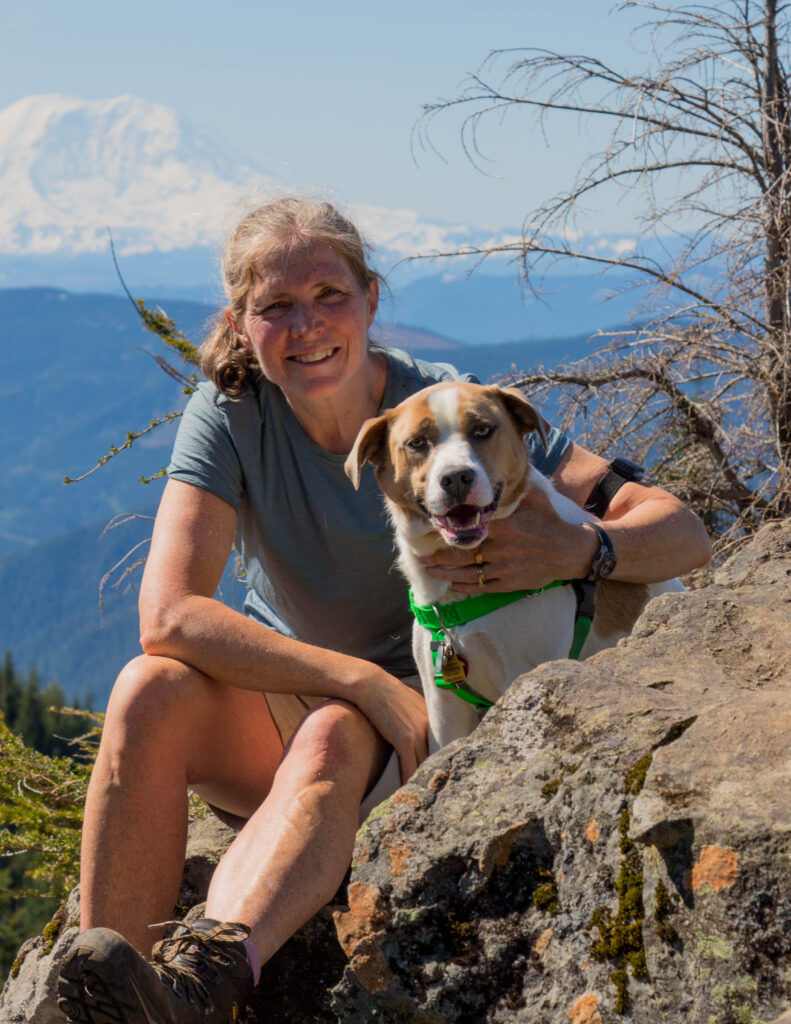
With newfound understanding, I endured her poking and prodding at my wrist. Sessions with my myofascial release practitioner were excruciating at first, and as he got deeper into the tissue it seemed like the pain was getting worse rather than better. Finally, in a session this week, he said, “We’ve never gotten this deep because your wrist has been so sensitive.” Aha! I WAS getting more tolerant of pain. Shock training was similar; I had to work through initial discomfort for it to be better the next time. Who knew?
Managing Pain – Emotional
Can we use the same idea of progressive overload to train ourselves emotionally? Can we “get accustomed” to grief, or at least learn new coping tools, so the next time we lose something or someone it won’t feel as devastating? I tested that theory recently.
In an earlier post (November 2021) I mentioned volunteering at Woodland Park Zoo for the past eight years. For reasons I won’t discuss, I decided this week to discontinue volunteering, something I have been considering over the past six months. I thought leaving would be more difficult than it was. It turns out pondering for six months was way more painful than actually leaving which took all of two minutes in an e-mail. I felt initial sadness and then profound relief. This leads me to another great quote a client brought up recently.
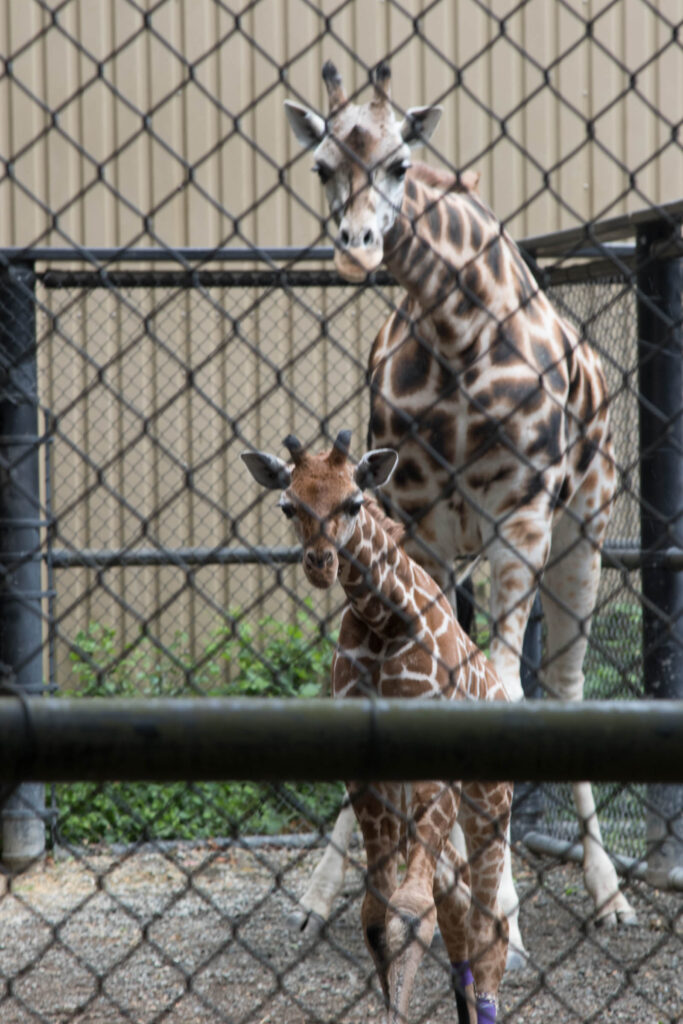
Be the Buffalo
On a recent hike on Big Tree Ridge, a hiking partner told me to, “Be the buffalo.” I asked her to explain. She said that instead of racing away from storms, buffalo charge into them in order to experience less overall discomfort. Genius! Procrastinators often make their pain worse by dwelling — for hours, days, weeks, months, maybe even years — on the negative possibilities instead of facing the problem head-on.
Rather than avoiding the pain of physical therapy, once I started embracing it and inviting it into my own training sessions, I made faster gains. The pain diminished. And I sped toward healing.

Never Lose Hope
Matt Haig, the author of one of my favorite contemporary novels, the Midnight Library, writes in The Comfort Book: “It’s not what happens to you, but how you react that matters.” Buddhism teaches that life is all about suffering. Everyone suffers. We all experience pain. Yet some deal with it far easier than others. They have the resilience I am after.
Later in the same book, he repeats a line: “Nothing is stronger than a small hope that never gives up.” Print it. Frame it. Post it everywhere you feel discouraged and anytime you are in pain. That pain will pass.
To close this week, I offer you a symbol of your own small hope, if you wish: a black bear cub from Yellowstone, cute and cuddly when young but a force to be reckoned with as an adult. May you face today whatever pains you, so that your hope grows into an unstoppable force tomorrow.
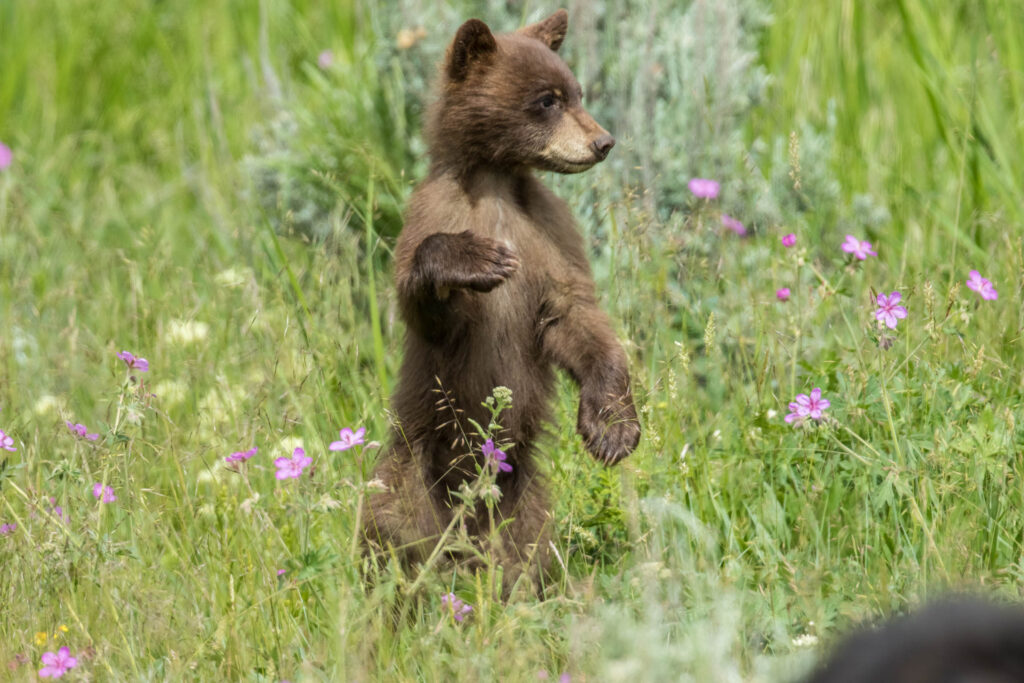
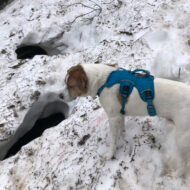

Thank you for this inspiring and rather “apropos” latest post. For much of my life, your statement did fit me like a glove: “Procrastinators often make their pain worse by dwelling — for hours, days, weeks, months, maybe even years — on the negative possibilities instead of facing the problem head-on”. As with many of life’s challenges, I still wrestle with that one… but engaging in demanding physical activities helped me develop new “coping muscles” that resemble a few of the ones you mention. Typically, my “go-to pain” resides in my left foot which I am forced to walk on in a way it was not designed to support. After a few hours on the trail, a variety of stress pains and aches invariably surface; every LEFT step is painful. How to (re)act? Life, especially as it gets longer, teaches a great curriculum… but do I, the student in the back row, listen carefully enough? For deep rooted reasons (culture, parenting, role “models”, bad choices, etc.), I too often resorted to some childish tapes sounding something like “it’s unfair!”, “why me?”, “can’t someone (else) make the pain go away?”, “This REALLY hurts!”; incredibly, none of these worked! Then I found myself on long trails, hours or days away from any third-party help (No! I won’t use my GPS SOS to summon a helicopter to sooth my aching foot). I first inserted my old tapes and pushed the PLAY button: all I heard was Ouch!, Ouch!, Ouch!…step after step, hour after hour. Being alone and with nothing else to do but walk, day after day… I finally faced the fact that I needed to order new tapes… OK, maybe download MP3s or such is more like it. “Be the buffalo” – Yes, once I knew the pain would come no matter what, I decided to great it and try to get to know more about it. That meant paying good attention to it, how it developed and where, how it morphed as miles went by, what made it suddenly “shoot” through my foot, how it went through ebbs and flows at its own rhythm – this “getting to know the pain intimately” felt good. “Never lose hope” – Yes, once I realized that pain was an obnoxious relative I could not always avoid… but NOT someone I would live with every day of my life… I knew I could deal with it’s antics at family gatherings. This too shall pass. The hope got stronger as, with my newly acquired understanding of the pain behavior, I developed a few tactics to manage it: very consciously control my footfalls, introduce micro-massaging/stretching movements when the foot is airborne, lace my boots differently, stop and massage the foot or dip it in cold streams, use anti-inflammatories, etc. Devising and implementing these “helpers” also gave me the feeling that I was not a defenseless victim of the pain but very much in control of how it affects me; there were suddenly more options than give-up or cry uncontrollably. Another tactic I adopted after reading about it in a hiking forum is to DISSOCIATE “my self” from the pain, a mechanism generally related to trauma but that can (to a good level of success) be consciously directed. I have difficulty maintaining it over long periods of time but, when it works, it provides a sensation where the pain is present, felt, and acknowledged, but somewhat PERIPHERAL to the boundaries of my “self”; it follows its independent course while I continue to focus on my journey forward. I will again “field test” all of this on the trail in a couple weeks. I don’t gleefully look forward to the next long hours of “suffering”… but, with some experience and the help of others like the author and readers of this blog, I know that I am not powerless or alone… far from it!
I love unpacking your comments, Gerard. I have been a procrastinator for most of my adult life — after all, in my first blog post, I shared that it took seven years to finally create and start my own blog, something I totally love doing, by the way, and wonder why I didn’t get to it sooner. Guess I just wasn’t in the right mindset to take it on — and the fear of the technology had me grounded in one spot for way too long. I love your mention of “muscles” – diving into fear is a muscle we can develop, akin to flexing the quads or biceps. But while trainers seem to be ubiquitous these days, I have found “mental trainers” to perhaps be harder to spot (unless you are working with a psychologist, social worker, life coach, or psychiatrist! Or if you find the right self-help book that resonates with you.)
“This too shall pass.” Hear, hear! And your statement, “gave me the feeling that I was not a defenseless victim of the pain but very much in control,” — I think you have really hit on something here. We run from pain because (I think at least partly) we fear it and give it too much control. “Victim mentality” is another phrase bandied about — if we give something too much power we become a victim; we lose control. Walking TOWARD the pain, being the buffalo, on our OWN terms and in our OWN way, is a way to take back control while minimizing pain. We choose who we hire; if a surgeon says “steroid injection or surgery” and I don’t like either option, I can totally walk out and get another opinion. When it comes to our bodies, WE are in control. Nobody can tell us what we must do.
“Dissociating from the pain” is also a great one — we are NOT our pain, it is just a temporary part of our experience. We can hide behind our injury (victim mentality) or we can ask for help and do what we can. And that has to be good enough! I look forward to hearing how tidbits from the blog posts help in the field. Always a pleasure to e-dialog with you. Happy trails and keep posting!
I use this quote to manage my pain – Pain is temporary, given up is permanent. I believe the quote is used by the bikers 🚴🏻♀️ of the famous “ Tour de France”. Top athletes learn how to manage pain. Not easy to do, but manageable, small steps at a time. And never forget – pain is temporary. Soon you will be stronger than before. 😍
Pain is temporary, giving up is permanent. Such a great one. Thanks for the comment and hike on!